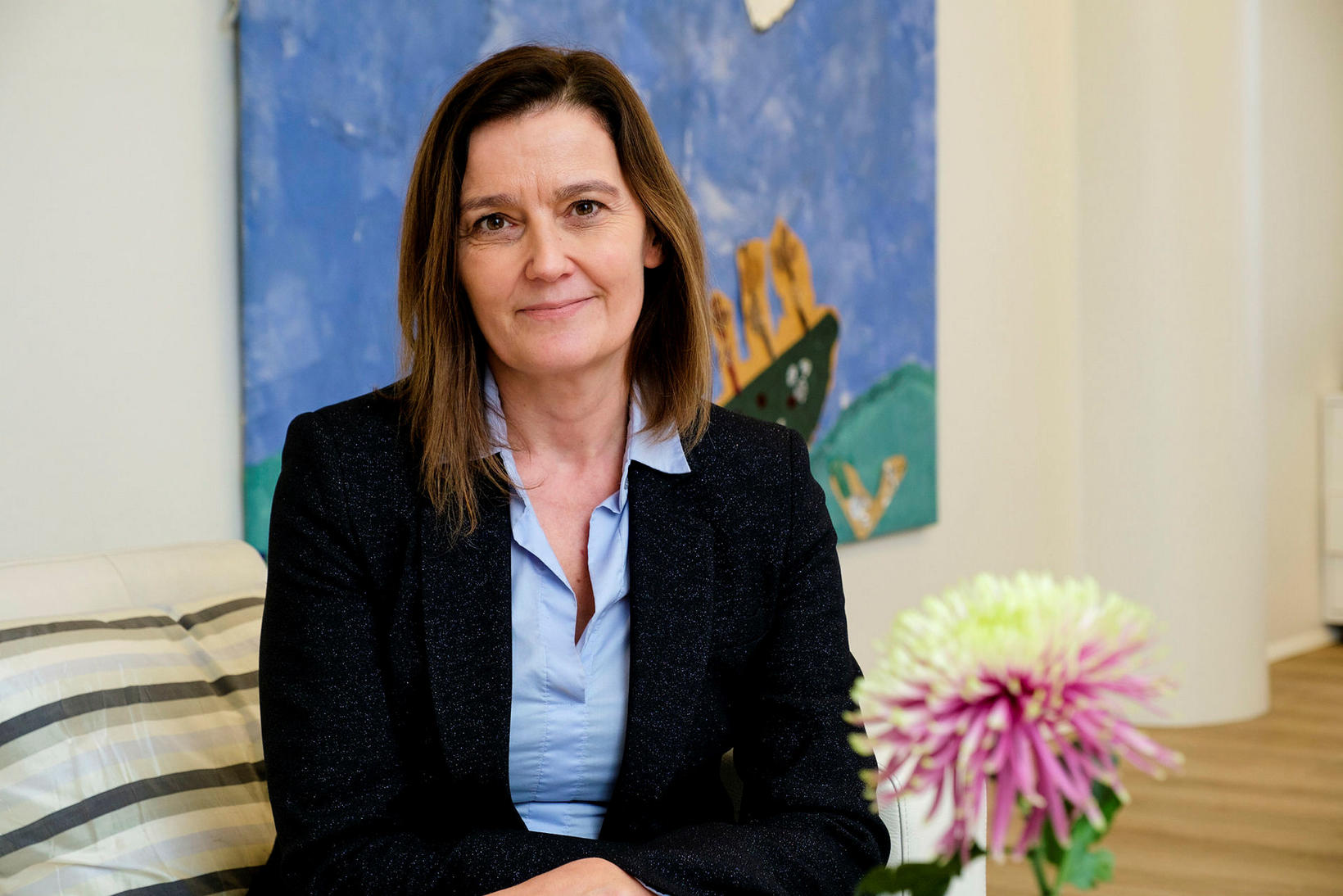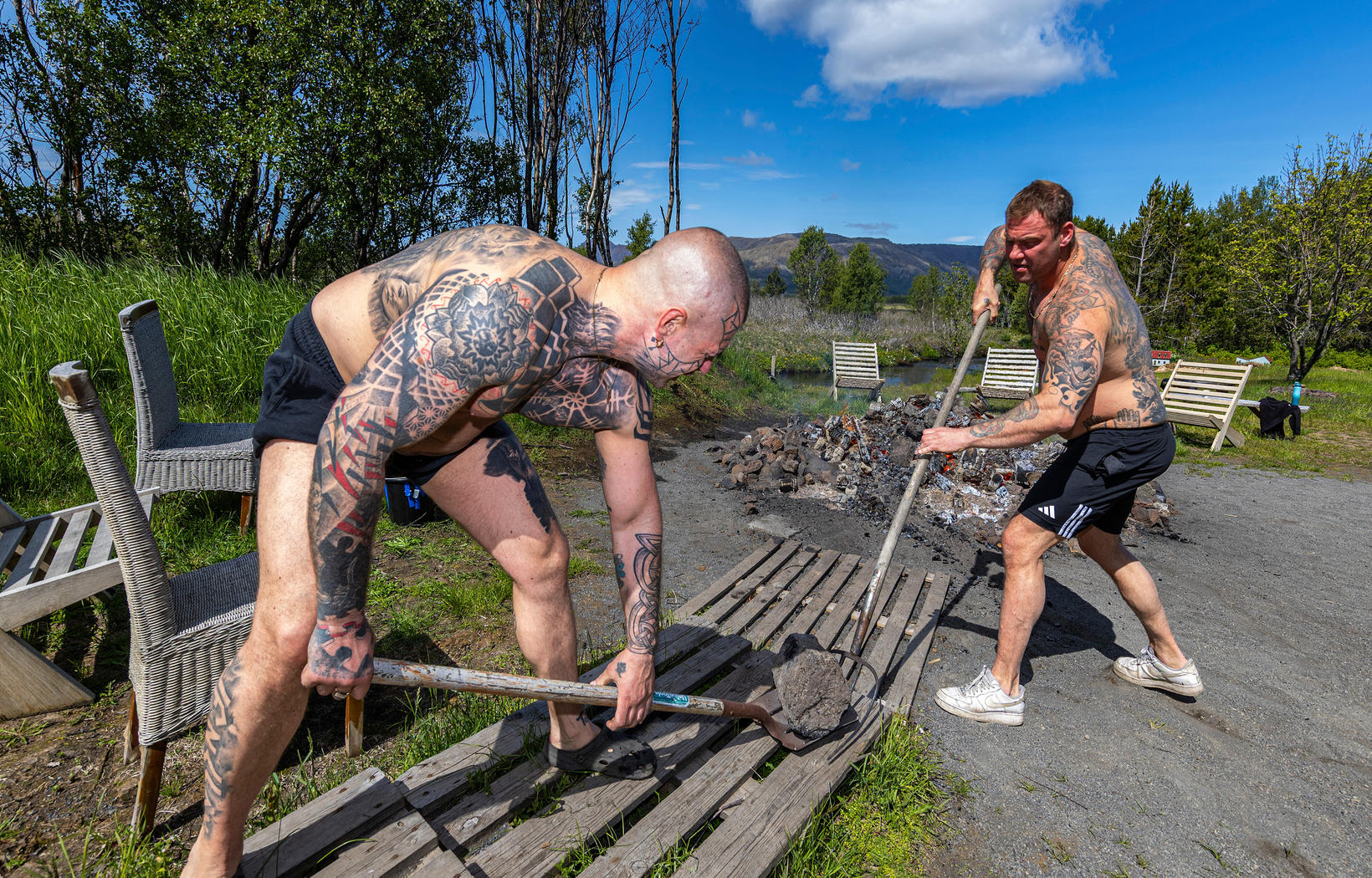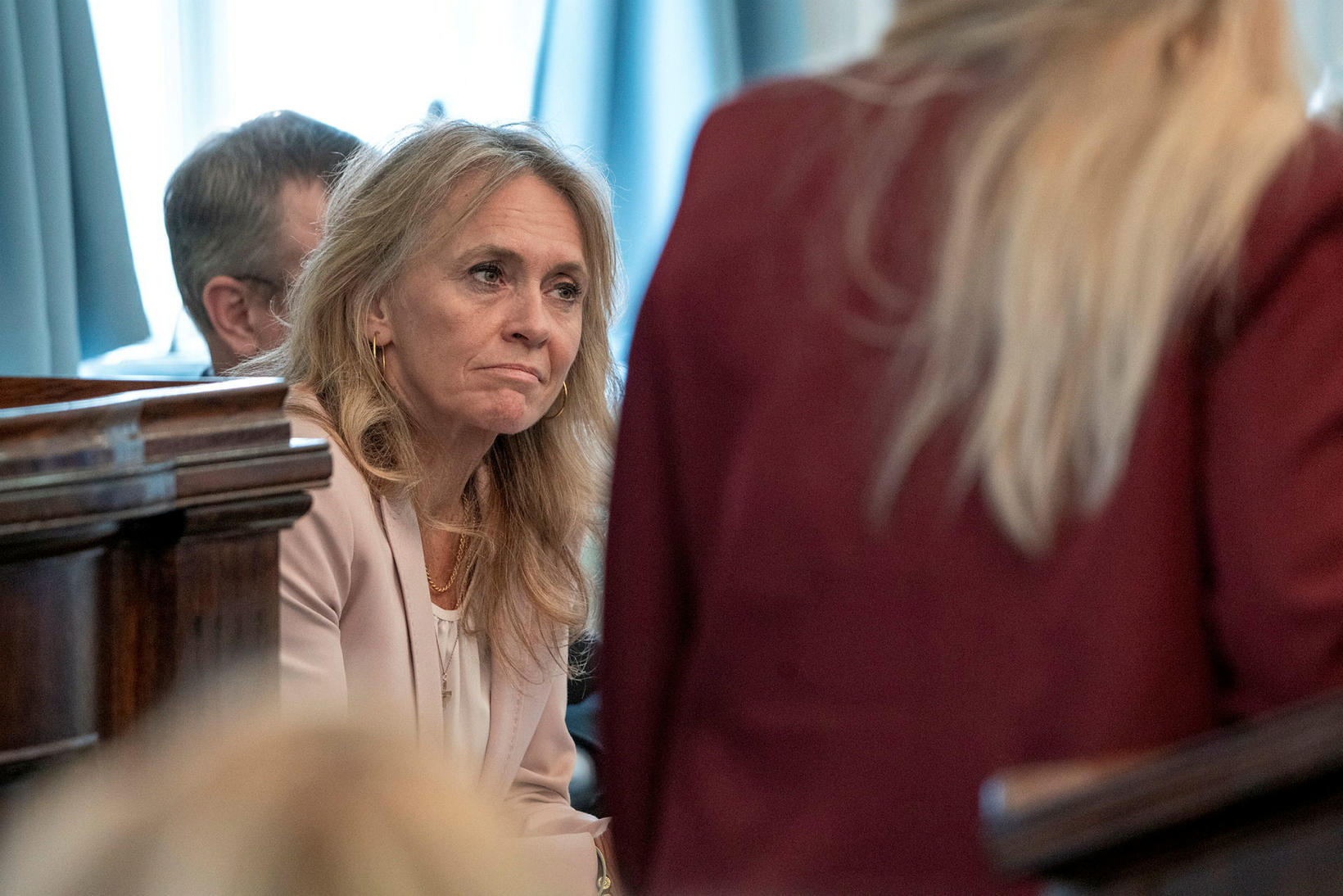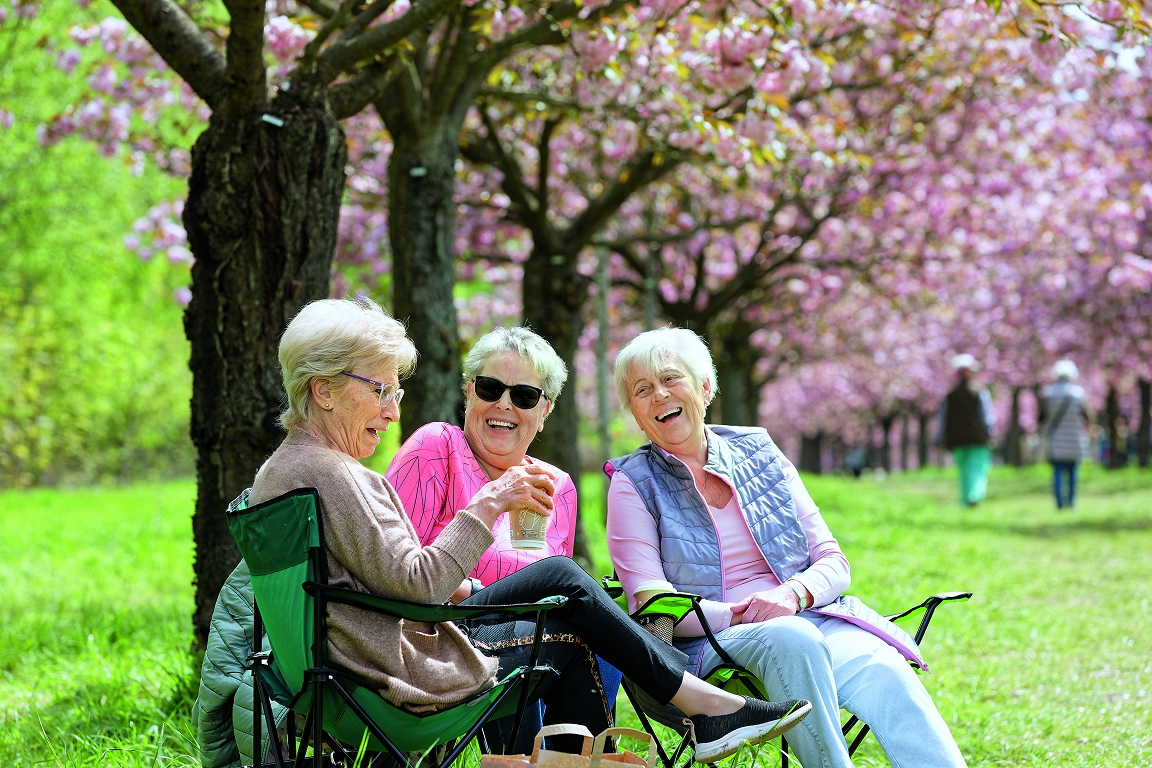« You want to kill yourself there, totally »
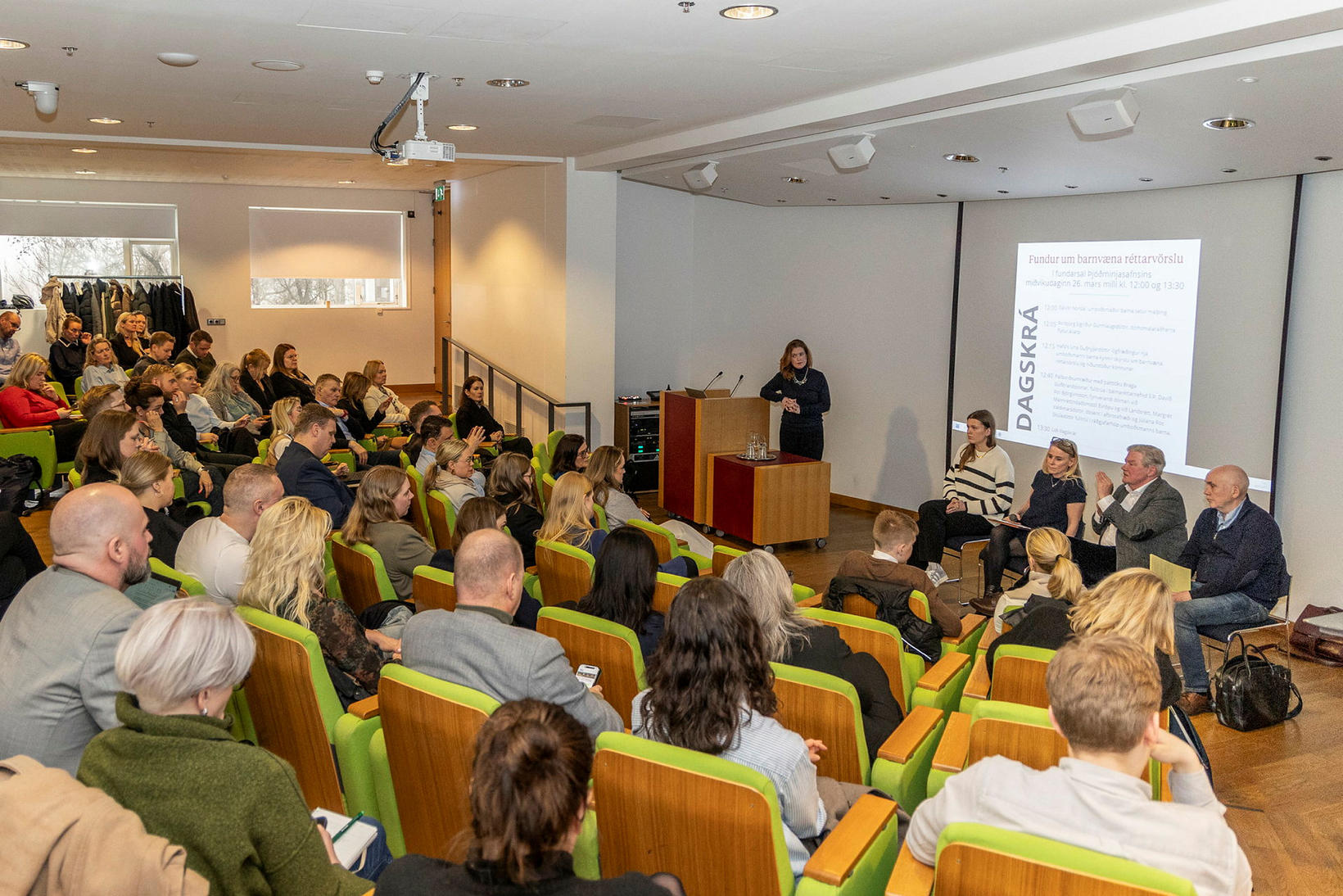
Children who have had to intervene in many of the unnecessary harshness on the part of the police and that the application of coercion is not always right, in their opinion.
Examples are that children have been injured in arrest, including burn wounds and bruises from the handcuffs.
In most cases, the deprivation of liberty is very heavy in most cases and cause them great distress. Children who have been emergency at the police station in Flatahraun in Hafnarfjordur describe the situation there dire.
« You want to kill yourself there, completely, » said one child when asked to describe what it was like to be at Flatahraun. Another child described it as « hell » to be in a prison cell.
This is among the ones stated in A new report by the Children’s Ombudsman;
It shows that the Icelandic justice system does not fully fulfill international obligations on child -friendly justice and in many respects do not comply with the rights of children under the United Nations Convention on the Rights of the Child.
Considerable inconsistencies within the system
The results of the report state that despite the general efforts of institutions to take into account the rights of children, there is considerable inconsistency within the system in terms of the understanding of different parties on the role, obligations and implementation, both within and outside certain areas. It is clear that there is a need for increased coordination within the profession and that a variety of improvements are necessary to strengthen the rights of children within the justice system.
In order to analyze the extent to which the justice system in Iceland is in line with the requirements of child -friendly justice, the Ombudsman for Children conducts a survey among the five fields of the subject covered by the audit: police, judicial, child protection, foreign affairs and the affairs of the magistrate.
The survey was submitted to all the country’s police offices, the district attorney and the State Prosecutor. All the district courts of the country, the National Court and the Supreme Court.
In addition, it was submitted to all child protection services and the district councils, the Immigration Office, the county commissioners and children – and the family agency, a new emergency and children’s emergency.
In addition, additional information on the deprivation of children’s liberty was requested and conversations were also made with children.
The report of the Children’s Ombudsman on child -friendly justice was presented at the National Museum today.
mbl.is/karitas
Little harmony between police offices
The results of the survey indicate, among other things, that there is generally no clear procedure that all police forces are made on the occasion, necessity and maximum time of deprivation of liberty. Such procedures, however, are in force in emergency care.
Then there is little harmony about the police office whether children are kept separate from adults and whether there are clear rules that address the rights of children in relations with the police. It is also not clear whether information on the rights of children in communication with the police is accessible.
Interviews with children revealed that many of them experienced unnecessary harshness on the part of the police and that it was not always possible to justify the application of coercion. Although police authorities consider themselves to emphasize average compartments and child -friendly procedures, the children’s accounts indicate otherwise.
It was particularly stated that children did not consider themselves to be given sufficient information about their status and rights, especially in arrest and reporting.
« Rather great hardness »
Many children experienced that arrests had been carried out with unnecessary hardness and disrespect. Then it was stated that handcuffs were often unnecessarily narrow and some children said they had bruised after handcuffs.
It was stated that the children want the opportunity to explain their case before the harshness is applied and that they are listened to in contact with the police. Then they emphasize that proportionality is always taken care of.
One child who asked how it had been found to be arrested, answered that way:
« Rather hard, sometimes I don’t know why they are arresting me. Just taken down and many on top of you. The handcuffs are sometimes quite narrow. »
It was also asked if the police had injured the person in arrest:
« Yes, had such burn wounds and bruises after arrest. »
« You get insane in there »
In particular, the children were discussed about deprivation of liberty and their experience of it, including at the police station at Flatahraun in Hafnarfjordur, where emergency care has taken place since the end of October last year.
The Ombudsman for Children has repeatedly made serious comments on the use of the police station for emergency care, as the facilities there are uninvited children.
« You become insane in there, « said one child about the placement.
« Don’t call anything, no one came to visit. Once upon a time, the TV was broken and I was just staring at the wall for a few days, » said another child who was clearly saved at Flatahraun for a few days, but there are examples of children being stored there up to six days at a time.
The children were asked about the facility at Flatahraun and answered one of the children in that way:
« Look when you get there, the cops are always exaggerated something pink, have to pretend they decide, of course they hire but they have to show it so much that I have no power there, always reminded you that I am there for a reason.
Is the door closed and locked?
« Yes, but it’s open just like that hole so you can talk. But I’ve once been there just one and then I got to have an open door. I was in Blackouti and then I didn’t have to lock myself inside. »
How did you feel in a prison cell at a police station?
« You are just there and cop standing over you, can’t do anything but wait. »
The children’s experiences more negative
The results of the survey also show that despite the excellent legal framework for children’s rights, it is clear that there is a lack of implementation, in particular regarding disclosure, adapting procedures for children and guarantees for their participation in their own affairs.
In addition, the children’s experience of the justice system is often more negative than the assessment of institutions indicates. The results indicate that children often feel powerless in communication with the justice system and do not experience themselves as real participants in procedure.
Children who had court experience stated that they generally did not understand what was going on in the courtroom. They generally did not receive information on the processing of a case, progress or process as a whole. And did not really experience participants in their own affairs.
In general, there seems to be a good knowledge of the ideology of child -friendly justice within the justice system and Icelandic administration, but it is clear that there has been limited education at the state institutions, although there is interest. The results also show that about half of the agencies have not taken special measures to ensure a child -friendly procedure.
Reporters say the results show that children’s access to information within the justice system needs to be improved significantly, both in terms of direct information to children in procedures and general information that is accessible to children on the role of institutions.

